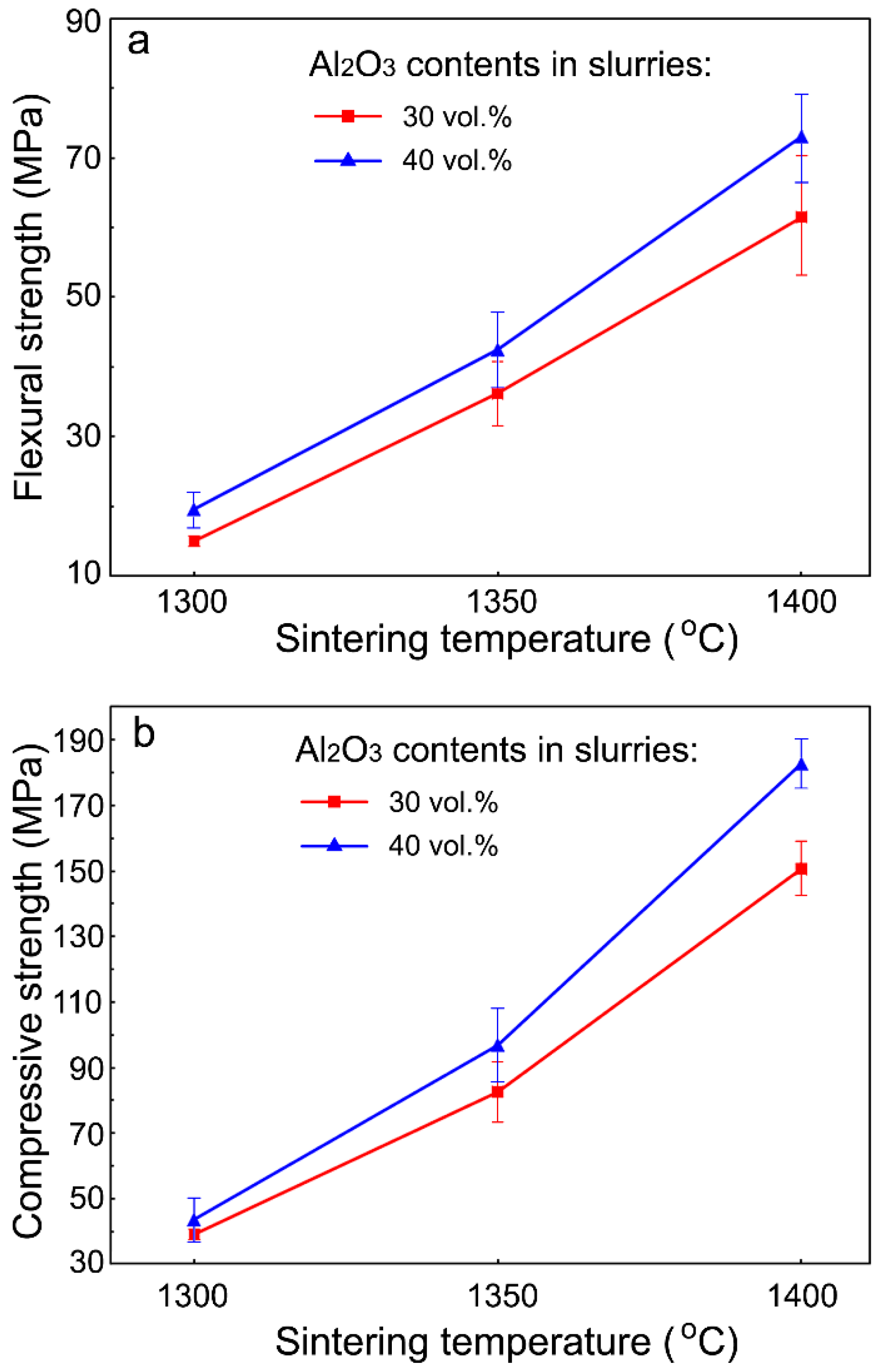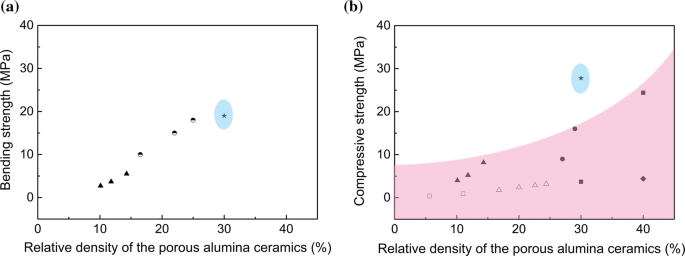Compressive Strength Of Ceramics

Vasil ev effect of test conditions on compressive strength tests on refractory ceramics glass and ceramics english translation of steklo i keramika russian volume 25 number 12 december 1968 pp.
Compressive strength of ceramics. Ceramics tend to be weak in tension but strong in compression. Why is the tensile strength of ceramics much lower than. For a metal the compressive strength is near that of the tensile strength while for a ceramic the compressive strength may be 10 times the tensile strength. They provide high wear heat and corrosion resistance as well as high tensile strength volume resistivity dielectric strength and modulus of elasticity.
The discrepancy between tensile and compressive strengths is in part due to the brittle nature of ceramics. The properties and the processing of ceramics are largely affected by their grain sizes and shapes and characteristics such as density hardness mechanical strength and optical properties strongly correlate with the microstructure of the sintered piece. Alumina for example has a tensile strength of 20 000 psi 1138 mpa while the compressive strength is 350 000 psi 2400 mpa. Probably not but it s true due to the properties of technox ceramics the inter atomic bonding of advanced ceramics has long been recognised as responsible for the high values of hardness and compressive ceramic strength.
Ceramic materials offer a number of benefits in a variety of applications. Ceramics tend to be weak in tension but strong in compression. Material specific gravity sg coefficient of linear expansion α m m k maximum safe operating temperature o c. Ceramic aggregates compressive strength durability performance 1 introduction in europe the amount of wastes in the different production stages of the ceramic industry reaches some 3 7 of its global production meaning millions of tons of calcined clays per year that are just land.
The literature on compressive strengths of crystalline ceramics especially at room temperature suggests that microplasticity may be the mechanism of much compressive failure since 2 the yield stress microhardness 3 is the upper limit of both ambient and elevated temperature compressive strengths and 2 data on grain size dependence are consistent with the fetch equation. For full table with tesnsile strength compressive strength flexural strength and modulus of elasticity rotate the screen.














































